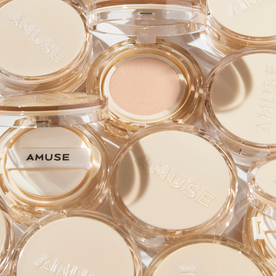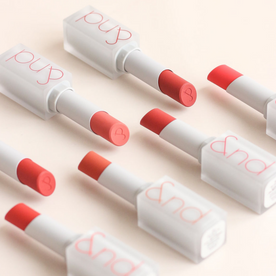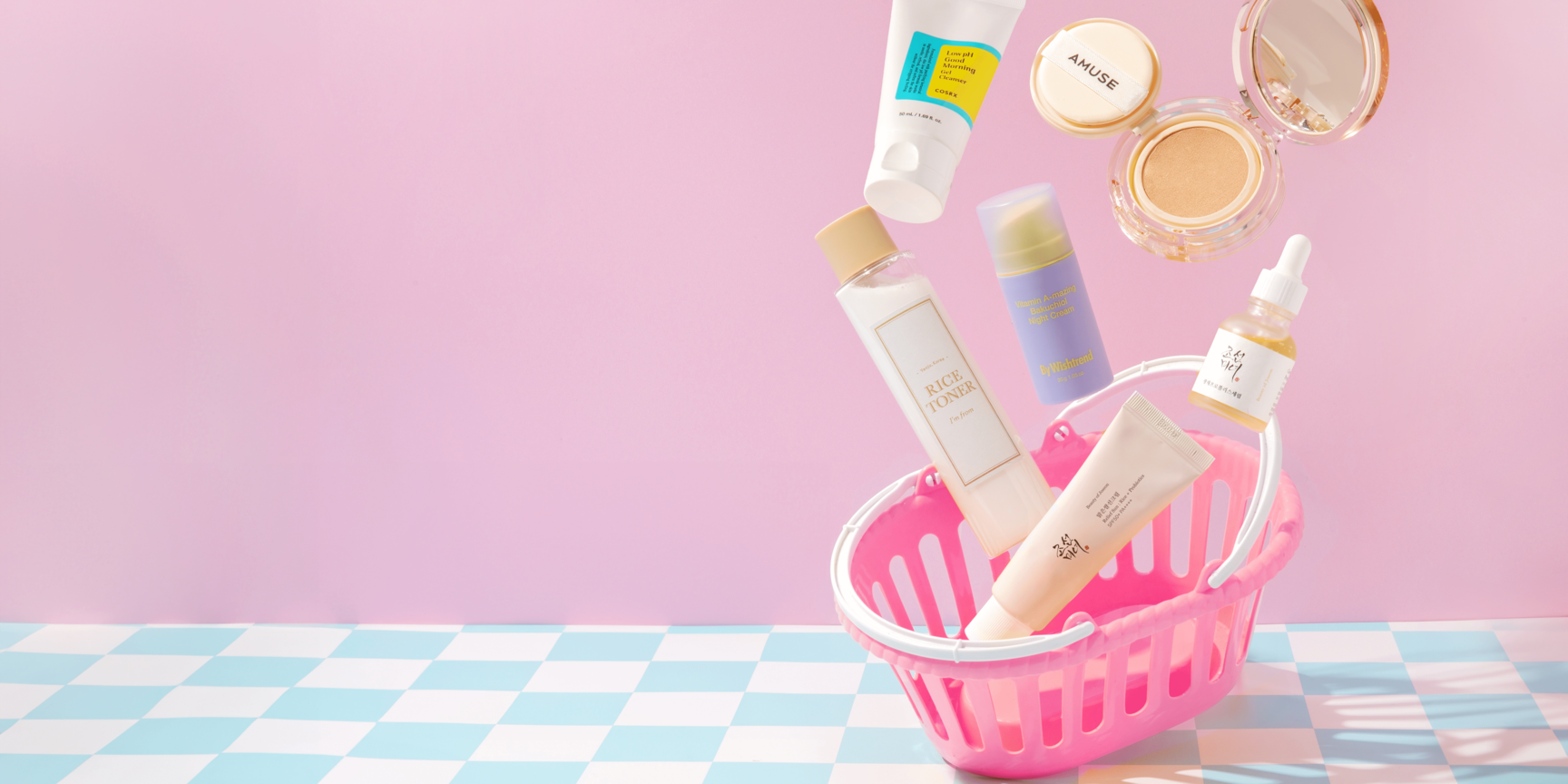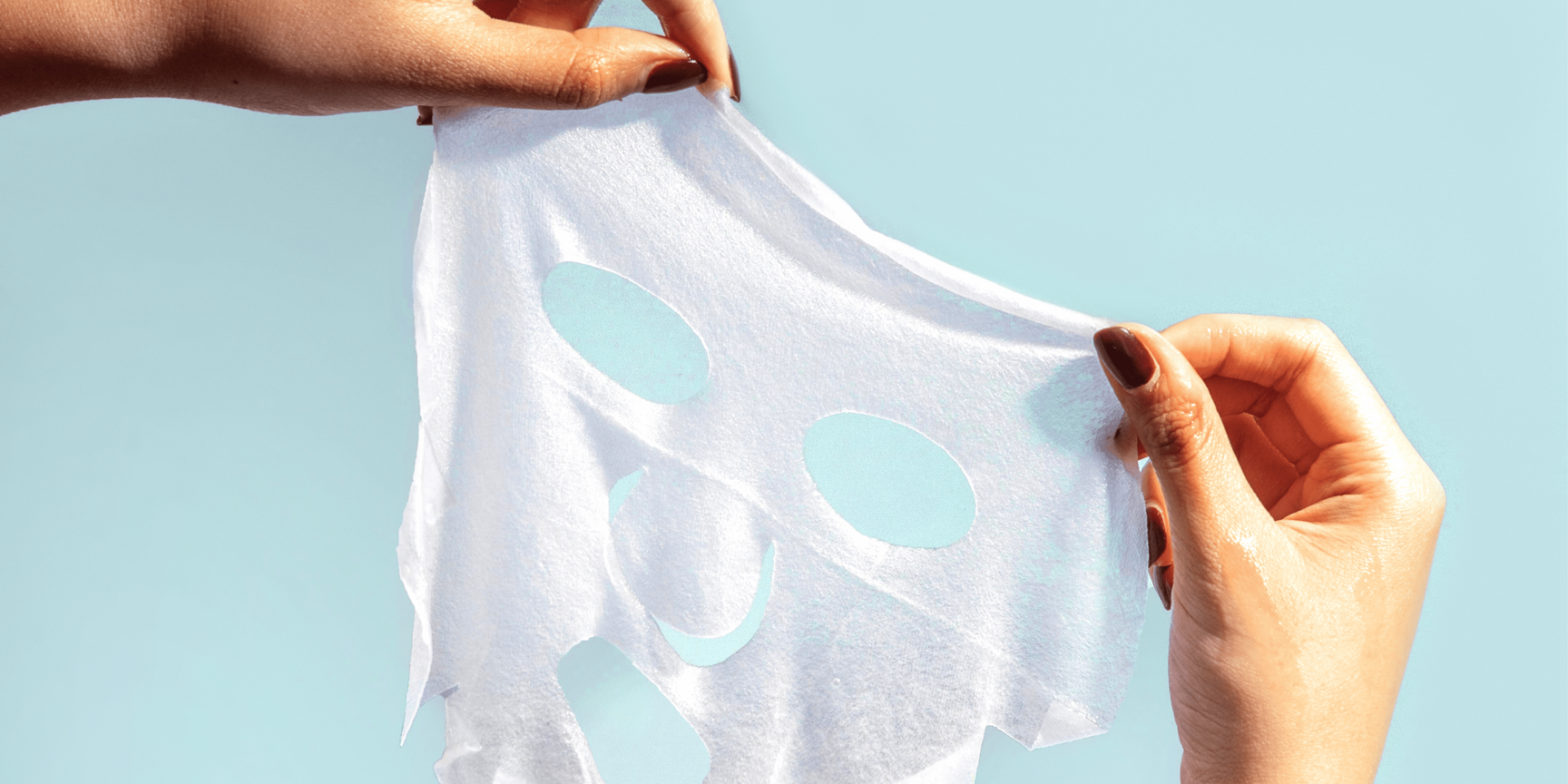SUN PROTECTION 101
Did you know that sun damage is the cause behind 80% of visible skin aging? UV exposure can lead to wrinkles, dark spots, melasma, dullness, and other skin issues. Protecting your skin from UV rays is vital to keeping skin looking healthy and preventing skin cancer.
There are two types of ultraviolet rays that can damage your skin:
UVB is the type of ultraviolet radiation responsible for sunburns, skin discolorations, and some skin cancers. When you see an SPF rating on a sunscreen, the SPF refers to the level of protection against UVB rays.
UVA rays penetrate more deeply into the skin than UVB rays. They are responsible for wrinkles, skin cancers, and collagen/elastin breakdown.
Broad Spectrum Protection
SPF ratings tell you how much UVB protection a sunscreen provides, but do NOT tell you how much protection you get from UVA rays. It’s important to find a sunscreen with at least SPF 30 and a high PA+ rating.
The PA+ rating system is used in Korea to show how much UVA protection a sunscreen provides, with PA++++ being the maximum rating. And because UVA rays can penetrate glass, we recommend wearing sun protection even when you are driving in your car, or working in front of a window indoors.
Chemical vs Mineral Sunscreens
Sunscreens will often use a combination of both “chemical” and “mineral” (or physical) sunscreen filters to achieve protection against the broad range of UVA and UVB rays. Chemical sunscreens absorb the sun’s rays and break down over time, while mineral sunscreen filters reflect the sun’s rays, providing a physical “block” from the sun.
Learn more about sunscreen filters and how to choose a sunscreen.
How to Apply...and Reapply
How much? Depending on where you look, you’ll find the recommended amount of sunscreen varies from a ½ teaspoon to a full teaspoon for your face, or about a shot glass’ worth on both your face and body. A popular suggestion is to squeeze a line of sunscreen down the length of your index and middle finger to get the right amount. While face and finger shapes vary, it’s typically more than most people apply, so it’s a good guideline to ensure you get enough product on your face. Sun sticks are also a convenient way to apply sunscreen, and work well as long as you apply enough (several layers) and get into hard-to-reach areas, like around your nose.
Here are a few tips for sunscreen application:
- You should use more sunscreen than you would use moisturizer
- Apply several layers of sunscreen so it gets absorbed well
- Plan to apply sunscreen 15 minutes before exposure
- Makeup that contains SPF isn’t enough on its own
- Reapply sunscreen every 2 hours or immediately after swimming/sweating
Find out what to do if you get sunburned.
Other Ways to Protect Your Skin
It’s always good to be prepared for a day in the sun. Here are some ways you can protect your skin, besides wearing sunscreen.
- Apply vitamin C in the morning to reduce chances of hyperpigmentation and reduce free radical damage.
- Use products with antioxidants to help fight sun damage.
- Bring a hat and sunglasses to shade your face.
- Wear clothing with UV protection.
- Bring sunscreen (or sunstick) so you can reapply when needed.
Feeling the effects of the sun? Treat your skin with some after sun skincare.
Cleansing After Wearing Sunscreen
If you aren’t already double-cleansing, the warmer months are a great time to start. Regular foaming cleansers work well at removing dirt, but they aren’t the best at cleaning off oils, makeup, or sunscreen. To ensure you’re getting all the residue off your skin, start with an oil or balm cleanser, before following with a foaming cleanser. Finish off with a swipe of toner.
If you’re going to spend time looking for a perfect skincare product, make it sunscreen. Visit our sun protection collection and use the filters to find your best match. If you don’t see a product that matches your needs, contact us and we’ll help you find it !
















































